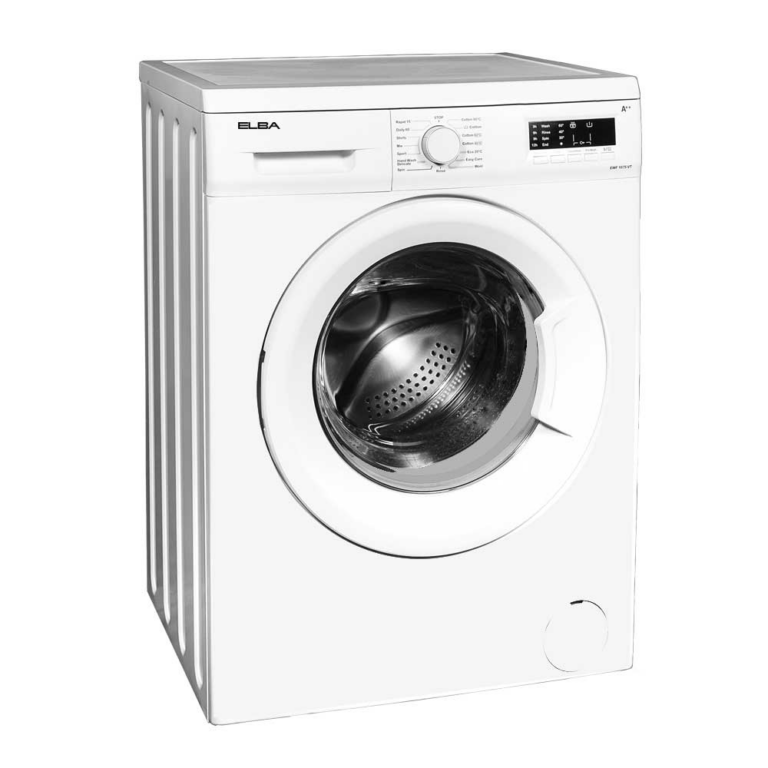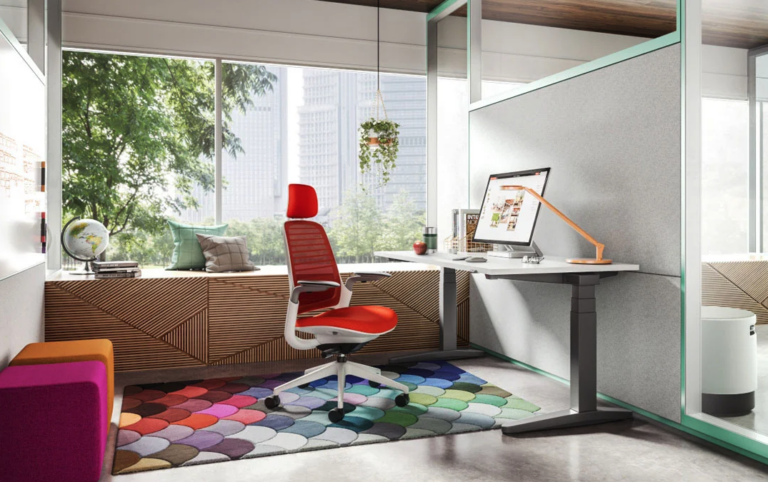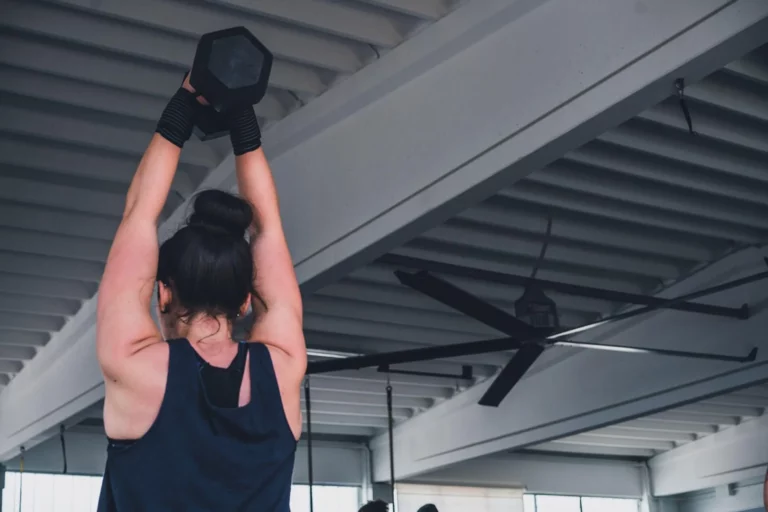Enhancing Protection with a Safety Fence: A Smart Investment for Every Site
In any environment where safety is paramount—be it a construction site, event venue, industrial setting, or public area—the importance of a Safety Fence cannot be overstated. These structures serve as physical barriers to prevent unauthorized access, guide pedestrian and vehicular traffic, and safeguard both people and property. A well-installed safety fence not only promotes compliance with safety regulations but also provides peace of mind to property owners, managers, and the public alike.
What is a Safety Fence?
A safety fence is a temporary or permanent barrier designed to enclose, separate, or restrict access to specific areas. Typically made from high-visibility materials such as plastic mesh, metal, or PVC, safety fences are commonly used in settings where hazards exist or where access needs to be controlled.
They are versatile tools, employed in a wide range of environments including:
-
Construction zones
-
Roadworks and infrastructure sites
-
Schools and playgrounds
-
Public events and concerts
-
Warehouses and industrial facilities
Whether it’s to prevent a fall hazard, secure machinery, or simply to direct foot traffic, the safety fence has become an essential safety measure across industries.
Types of Safety Fences
There are several types of safety fences, each suited to specific needs. Choosing the right type is crucial to achieving maximum efficiency and protection:
-
Temporary Mesh Fencing
Lightweight and portable, mesh fencing is ideal for short-term use on construction or event sites. It’s easy to install and remove, and provides clear visibility. -
Plastic Barrier Fences
Usually made from durable polyethylene, these are brightly colored (often orange or yellow) and serve as a visual warning as much as a physical barrier. -
Steel Panel Fencing
For more permanent or high-security needs, steel panel fences offer strength and stability. They are resistant to tampering and can withstand harsh weather. -
Safety Net Fencing
Common in sports facilities or high-rise construction, safety net fences are designed to catch falling objects or personnel, preventing injury.
Key Benefits of Installing a Safety Fence
1. Accident Prevention
The most obvious and crucial benefit of a safety fence is the prevention of accidents. By creating clear boundaries around hazardous areas—such as deep excavations, operating machinery, or elevated platforms—safety fences reduce the risk of injury significantly.
2. Regulatory Compliance
Many countries, including Singapore, have stringent safety regulations that require specific protective measures to be implemented in workplaces and public areas. Installing a safety fence helps businesses remain compliant with these standards, avoiding fines or operational shutdowns.
3. Access Control
In crowded settings like festivals, marathons, or construction sites, it’s important to control where people can and cannot go. Safety fences provide a reliable way to direct movement and minimize confusion or unauthorized entry.
4. Visibility and Communication
High-visibility fences signal danger or restricted zones clearly to passersby. This visual communication is especially important in noisy or busy environments where verbal warnings may be missed.
5. Cost-Effectiveness
Compared to the potential costs of injury, litigation, or project delays, safety fences are a low-cost investment with a high return. They are reusable, durable, and scalable depending on the size of the project or area in need of protection.
Where Are Safety Fences Commonly Used?
The safety fence is used across a wide variety of industries and applications. Let’s explore some of the most common scenarios:
-
Construction Sites: To block off hazardous zones and keep workers and the public safe.
-
Public Infrastructure Projects: Ensuring pedestrians don’t enter active roadworks.
-
Factories & Warehouses: Segregating heavy machinery zones from walkways.
-
Events & Concerts: Creating crowd control channels and emergency access routes.
-
Schools & Playgrounds: Keeping children within safe boundaries and away from roads.
No matter the use case, the core purpose remains the same: ensuring safety and control.
Factors to Consider When Choosing a Safety Fence
When selecting a safety fence for your site or event, keep the following considerations in mind:
-
Material: Choose durable materials like PVC, steel, or polyethylene based on how long the fence needs to stay in place and what environmental conditions it will face.
-
Height & Strength: Taller, more robust fences may be needed in high-risk or high-security areas.
-
Portability: If your needs are temporary, opt for fences that are easy to move and install.
-
Visibility: Bright colors and reflective elements can enhance awareness and reduce accidents.
-
Compliance: Ensure the product meets local regulations and safety standards.
Why Invest in a Quality Safety Fence?
Using a low-quality or inappropriate fence may save money upfront, but it can compromise safety and end up costing more in the long run. High-quality safety fences, sourced from reputable providers, are tested for durability, visibility, and structural integrity.
A premium safety fence doesn’t just provide a physical barrier—it sends a strong message about your commitment to workplace safety and professional standards.
Maintenance and Longevity
Safety fences are built to last, but like any equipment, they require regular inspection and maintenance to remain effective. Look out for signs of wear such as:
-
Rust or corrosion on metal parts
-
Tears or sagging in mesh fencing
-
Faded colors that reduce visibility
-
Damaged or unstable posts
Periodic maintenance ensures your safety fence continues to serve its purpose efficiently and avoids unexpected failures.
Final Thoughts
Investing in a safety fence is a practical decision for any organization prioritizing safety, organization, and risk mitigation. Whether you’re overseeing a large-scale construction project or hosting a public event, having the right barrier system in place can make all the difference in ensuring smooth operations and minimizing hazards.
From preventing falls and injuries to maintaining regulatory compliance and boosting public confidence, the benefits of safety fencing are substantial. As workplaces and event spaces continue to evolve in complexity, so too does the need for reliable safety solutions.
Don’t compromise when it comes to safety. Equip your site with a trusted safety fence and create a secure environment for everyone involved.






